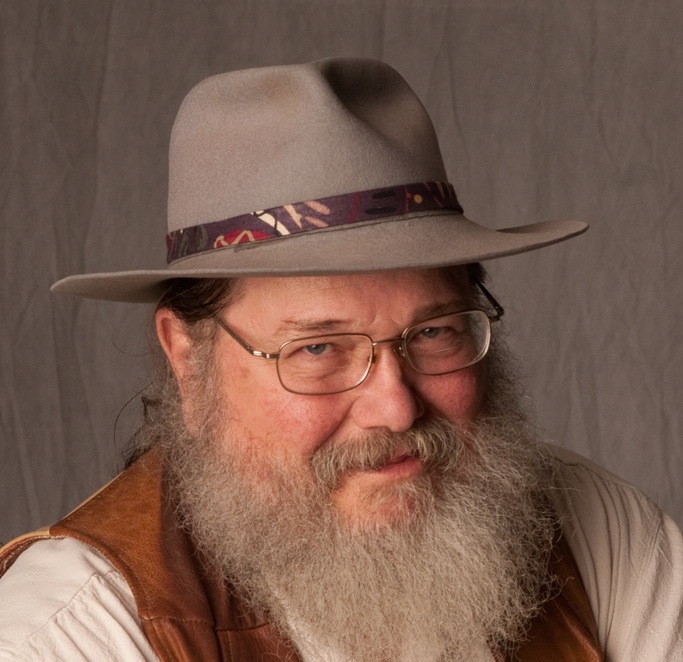On the wall of my sunroom hang two portraits. In one a small girl leans forward and raven hair cascades forward in heavy ropes to frame her face. She is about 6 years old. She clutches a circular disk of beadwork to her breast and her eyes are closed as though she were praying.
The coarse woven blanket that forms the background is patterned with bold geometric themes that echo her high cheekbones. In her innocence she looks like a young Madonna. Keeping her company is a big canvas of an older native woman standing at a woodstove cooking fry bread. With one piece of bread in the pan and another draped across her spread fingers she stares into the shadows and is lost in reverie. The kitchen is furnished very sparsely but the very air of the darkened room crackles with the light of her memories. I know the child. The elderly woman is the mother of the artist who is a good friend of mine. I want the two to meet and talk.
The girl is a young woman now. She has beauty and natural grace but she is uncomfortable in her body. She feels her life spin out of control. When the wrinkled woman was her age she celebrated the Kinaalda. She ran before her family and friends as the first rays of the sun hit the tops of the canyons. Across the sage and rabbit brush along the sheep trail she ran, as fast as her new white moccasins could carry her. She carried sacred pollen and cornmeal.
This young woman closes the bathroom door and crushes a pink plastic safety razor. She uses the steel blade to cut the skin of her thigh. She spools paper off the toilet roll. Roses bloom in bracelets on the tissue as she blots the straight lines and her breathing slows. Her family talks on the phone. Her mother cries. The girl texts her friend in another town who is the only person she can talk to.
When the woman frying bread had her coming-of-age ceremony she dressed in new clothing and ran toward the sun twice a day for four days—accompanied by family and well wishers who were careful not to outrun her. Afterwards they feasted on a big cornmeal cake she had baked in a pit in the ground she had lined with corn husks. Her mother would move her hands over her daughter’s body as though shaping it in soft clay showing it how to grow straight and strong. The young woman was thought to have magical powers during this time and she would lay hands on sick and aged friends. She would lift small children toward the sky to aid their growth. All the resources of Changing Woman and her family and friends were available to her.
My culture is impoverished through the loss of rites of passage. We may feel we are too advanced or sophisticated but we’ve traded family and community involvement in important transitions of life for blind fumbling in isolation and loneliness.
I recall when my oldest son turned 12. We lived in the little white house on Kansas City Street in Rapid City, S.D., on the side of Dinosaur Hill. The hill was crowned with a couple of full-size concrete sculptures of dinosaurs visible for many miles out on the surrounding prairie.
After good dark, I led him up a hiking trail in the pitch black, urging him to total silence all the way. We stopped at point where we looked out over the lights of the city and huge black monsters loomed over us. I spoke to him earnestly about his growing up and being more responsible, setting an example for the younger kids and the possible adventures ahead of him. Before he left home he had selected a “throwing rock.” I told him to make a wish and then to throw it as far into the darkness as he could and to yell as loud as he could at the same time. His fierce cry rolled down the hillside like an ocean wave.
I said, “Today, you are a man.” What did he wish for? What demon did the rock find? Did the T-Rex’s concrete heart beat a little faster?

